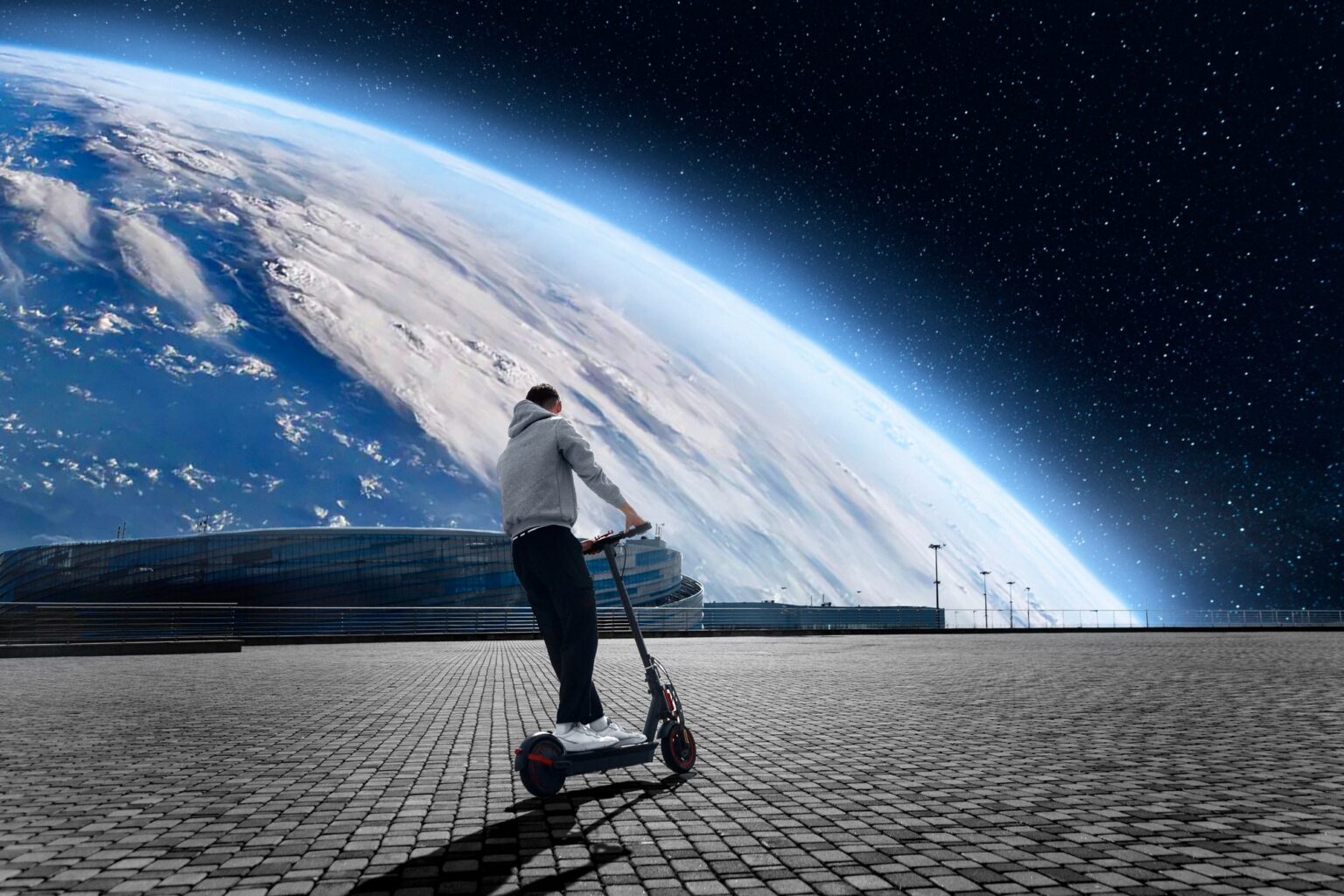Space tourism is an emerging industry that aims to make space travel accessible to private individuals who are not professional astronauts. It holds the promise of opening the doors to commercial space travel, allowing people to experience the wonders of space firsthand. Here are some key aspects of space tourism and its potential impact:
- Suborbital Flights: Suborbital space tourism involves brief trips to the edge of space, typically reaching altitudes of around 100 kilometers (62 miles) above Earth’s surface. These flights provide passengers with a few minutes of weightlessness and a unique view of the Earth from space. Several companies, such as Blue Origin and Virgin Galactic, are actively developing suborbital vehicles for space tourism.
- Orbital Space Tourism: Orbital space tourism aims to take passengers into Earth orbit for an extended duration, typically a few days or weeks. This type of space travel requires more advanced technology and infrastructure, including orbital spacecraft capable of reaching and maintaining orbits around the Earth. Companies like SpaceX have plans to offer orbital space tourism in the future.
- Unique Experiences: Space tourism offers individuals the opportunity to experience the awe-inspiring beauty of space, including the breathtaking views of our planet, the stars, and the vastness of the universe. Passengers can witness Earth from a perspective that very few people have ever had the chance to see, providing a profound and transformative experience.
- Technological Advancements: The development of space tourism drives technological advancements in the aerospace industry. As companies strive to make space travel safe, reliable, and more affordable, they invest in innovations such as reusable rockets, advanced spacecraft designs, and efficient propulsion systems. These advancements have broader implications for space exploration, satellite deployment, and other space-related industries.
- Economic Opportunities: Space tourism has the potential to create new economic opportunities and drive growth in related industries. It can stimulate the development of spaceports, tourism infrastructure, and associated services. Furthermore, space tourism can generate revenue that can be reinvested in space research, exploration, and technology development.
- Inspiring the Next Generation: Space tourism can inspire and captivate the imaginations of future generations, sparking interest in science, technology, engineering, and mathematics (STEM) fields. The prospect of space travel becoming more accessible can encourage young people to pursue careers in aerospace, astronomy, and other related disciplines, ultimately contributing to the advancement of space exploration and innovation.
- Environmental Considerations: As the space tourism industry grows, it is important to address the environmental impacts of space travel. Companies are actively working on developing sustainable technologies, such as reusable rockets and environmentally friendly propellants, to minimize the carbon footprint associated with space tourism.
- Regulatory Frameworks: The development of space tourism requires the establishment of appropriate regulatory frameworks to ensure safety, liability, and responsible commercial operations. Governments and international organizations are working on creating guidelines and regulations to govern space tourism activities and ensure the safety of passengers, crew, and the public.
While space tourism is still in its early stages, significant progress is being made to make it a reality. As technology advances and costs come down, space tourism has the potential to become a viable and transformative industry, enabling more people to experience the wonders of space and opening up new frontiers for exploration and commerce.



